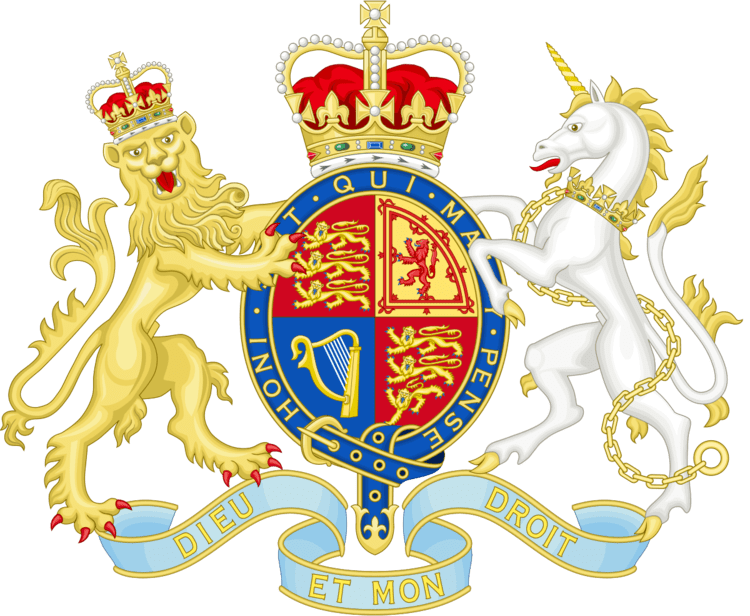Citation 5 & 6 Will.4 c.76 Royal assent 9 September 1835 | Commencement 1 January 1836 | |
 | ||
Long title An Act to provide for the Regulation of Municipal Corporations in England and Wales Repealed by | ||
The Municipal Corporations Act 1835 (5 & 6 Wm. IV., c.76), sometimes known as the Municipal Reform Act, was an Act of the Parliament of the United Kingdom that reformed local government in the incorporated boroughs of England and Wales. The legislation was part of the reform programme of the Whigs and followed the Reform Act 1832, which had abolished most of the rotten boroughs for parliamentary purposes.
Contents
Royal commission
The government of Lord Grey, having carried reform out of parliamentary constituencies, turned its attention to local government. In February 1833 a select committee was appointed "to inquire into the state of the Municipal Corporations in England, Wales, and Ireland; and to report if any, and what abuses existed in them, and what measures, in their opinion, it would be most expedient to adopt, with a view to the correction of those abuses". The committee made their report in June 1833, having enquired into a handful of boroughs. The committee found that:
The jurisdiction of the corporations is defective in some case in consequence of the town having been extended beyond the limits of the ancient borough; and in other cases it is objectionable from extending to places that are distant, and more properly falling within the jurisdiction of the county magistrates.
The principle which prevails of a small portion of corporators choosing those who are to be associated with them in power, generally for life, is felt to be a great grievance. The tendency of this principle is to maintain an exclusive system, to uphold local, political and religious party feelings, and is destructive of that confidence which ought always to be reposed in those who are intrusted with control, judicial or otherwise, over their fellow ciitizens...
The committee are further led to infer that corporations, as now constituted, are not adapted to the present state of society... To make corporations instruments of useful and efficient local government, it seems to be essential that the corporate officers should be more popularly chosen...[and] that their proceedings should be open and subject to control of public opinion.
The committee did not believe that they had sufficient powers to carry out a full review of the existing system. They instead recommended the appointment of a royal commission, and that the country be divided into districts with a commissioner responsible for enquiring into boroughs in each district.
The royal commission was appointed by letters patent passed under the great seal. The commission, which was dominated by Radicals, had eighteen members, with two assigned to each district or circuit:
The commission's secretary was Joseph Parkes.
Report
The commission issued its report in 1835. Altogether 285 towns had been investigated. The main conclusions of the report were:
The Commission concluded its report by stating that:
...the existing Municipal Corporations of England and Wales neither possess nor deserve the confidence or respect of Your Majesty's subjects, and that a thorough reform must be elected, before they can become, what we humbly submit to Your Majesty they ought to be, useful and efficient instruments of local government.
Effects of the Act
The Act established a uniform system of municipal boroughs, to be governed by town councils elected by ratepayers. The reformed boroughs were obliged to publish their financial accounts and were liable to audit. Each borough was to appoint a salaried town clerk and treasurer who were not to be members of the council.
The Act reformed 178 boroughs. The Burgh Reform Act 1833 had already carried similar reforms in Scotland. Similar legislation would not be introduced in Ireland until the Municipal Reform Act 1840. There remained more than 100 unreformed boroughs, which generally either fell into desuetude or were replaced later under the terms of the Act. The last of these was not reformed or abolished until 1886. The Act did not extend to the City of London which remains a sui generis authority.
The Act allowed unincorporated towns to petition for incorporation. The industrial towns of the Midlands and North quickly took advantage of this, with Birmingham and Manchester becoming boroughs as soon as 1838. Altogether, 62 additional boroughs were incorporated under the Act.
The new corporations had annual elections, with a third of the councillors up for election each year. The council also elected aldermen to serve on the council, with a six-year term. Towns were divided into wards.
The Act was repealed by the Municipal Corporations Act 1882.
The 178 reformed boroughs
The list shows the style by which the unreformed corporation was known, and the date of its governing charter. In most cases this was the last in a succession of charters granted by a number of monarchs. In a few cases boroughs had no charter, or the charter was lost.
† In 1842 The County of the City of Coventry was joined to Warwickshire
‡ Previous to this charter, Deal was governed a Deputy and Assistants appointed by the Corporation of Sandwich
